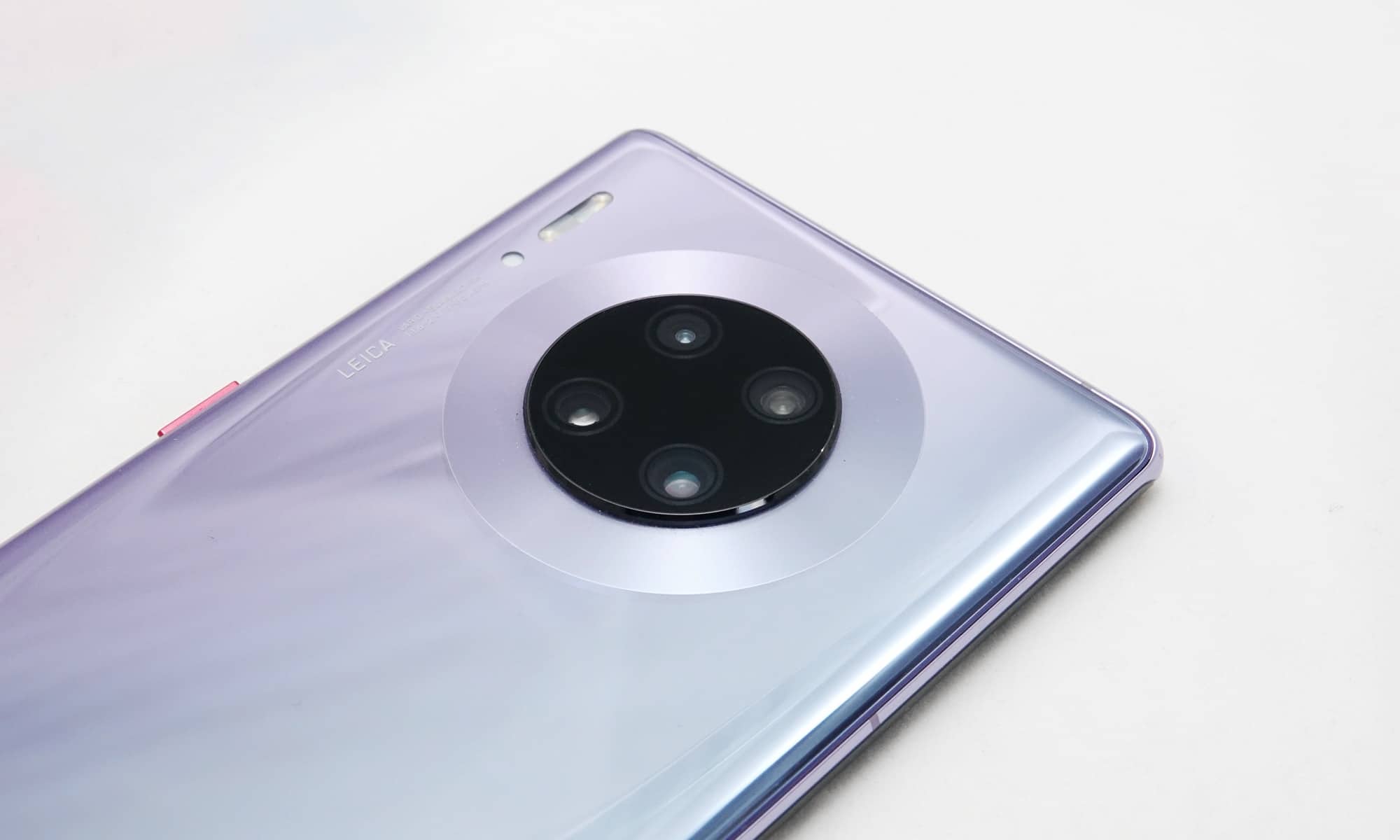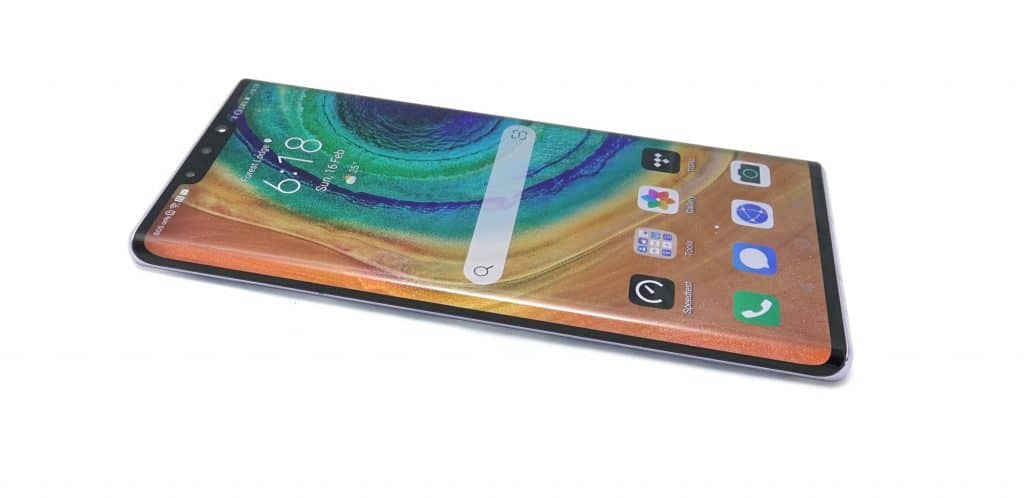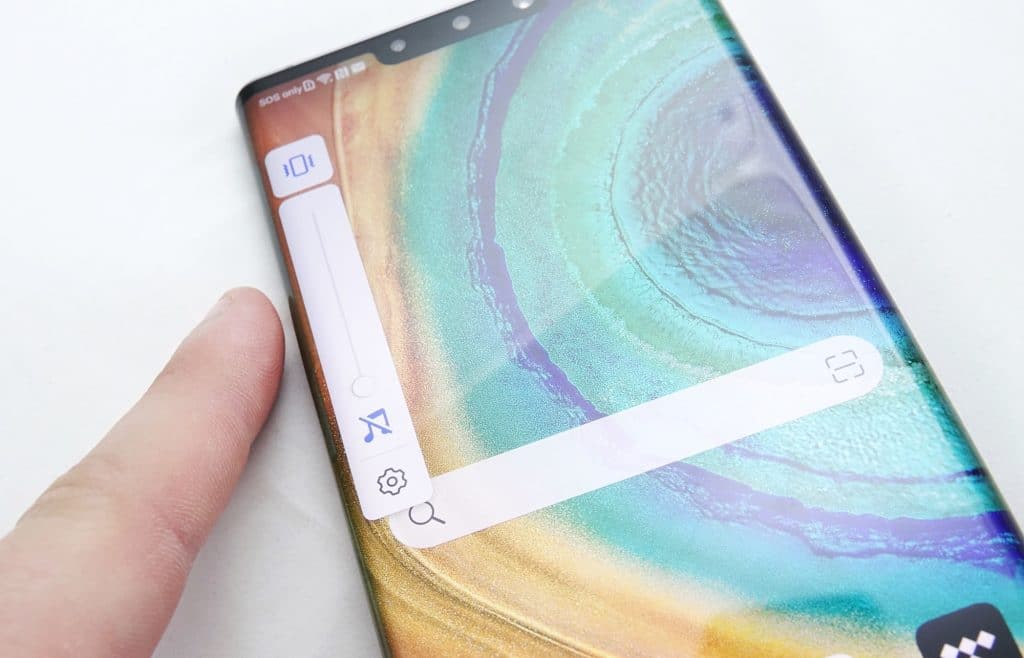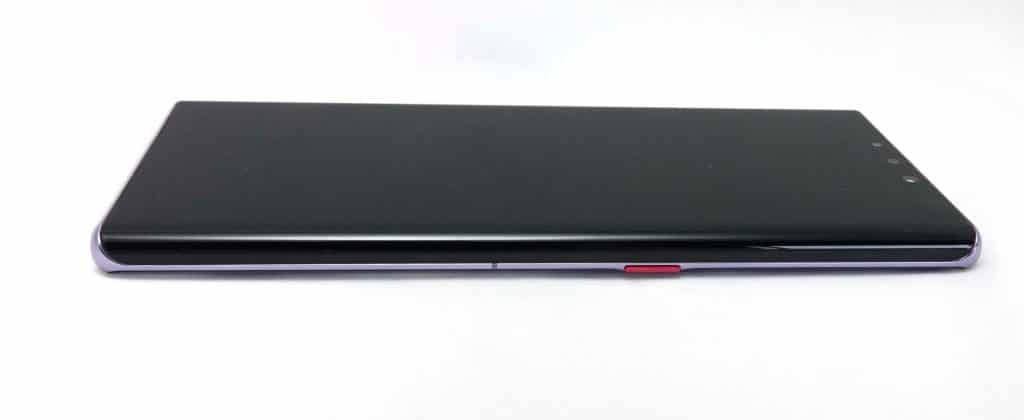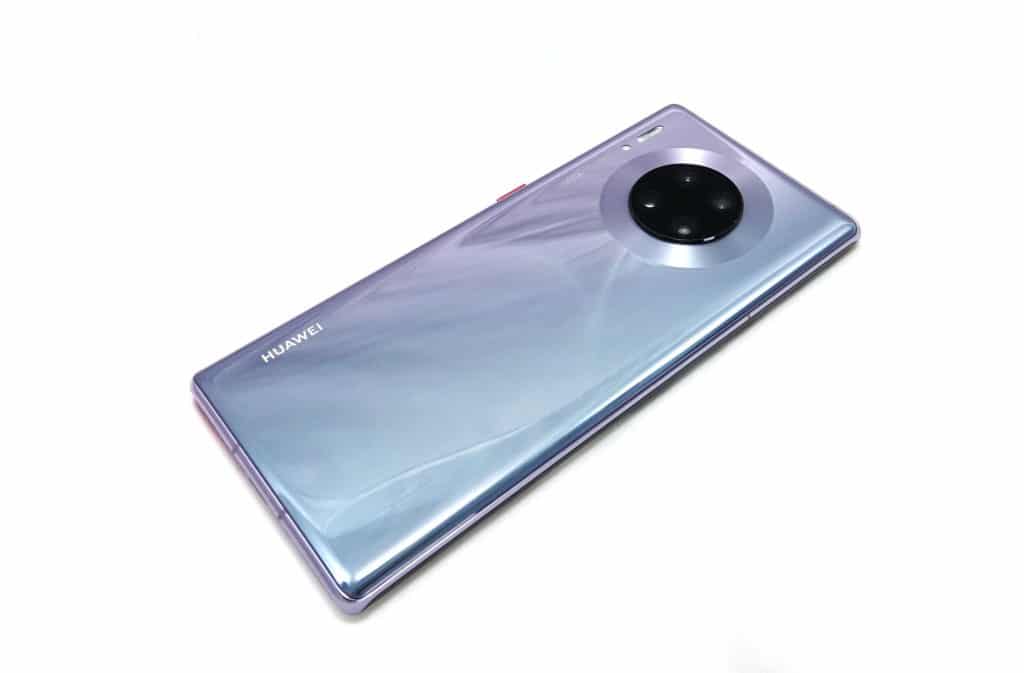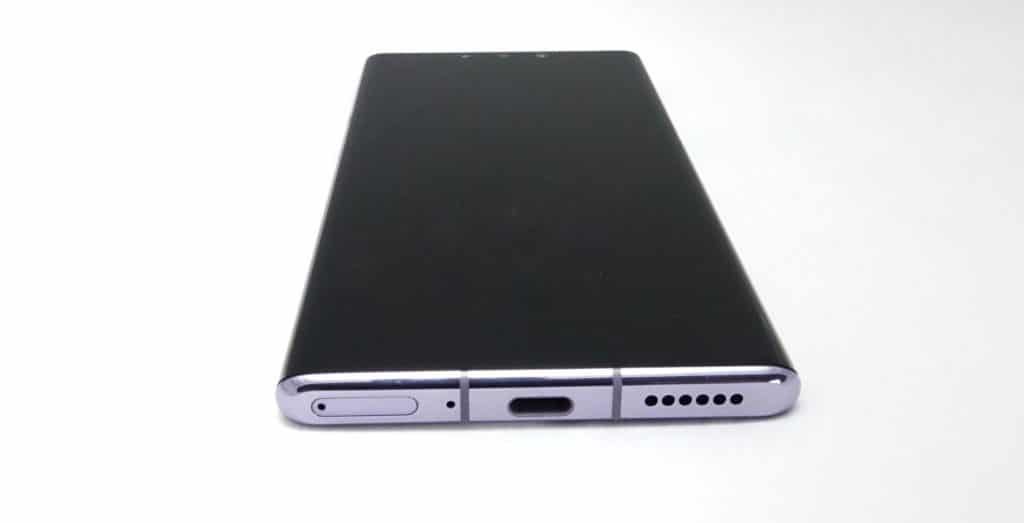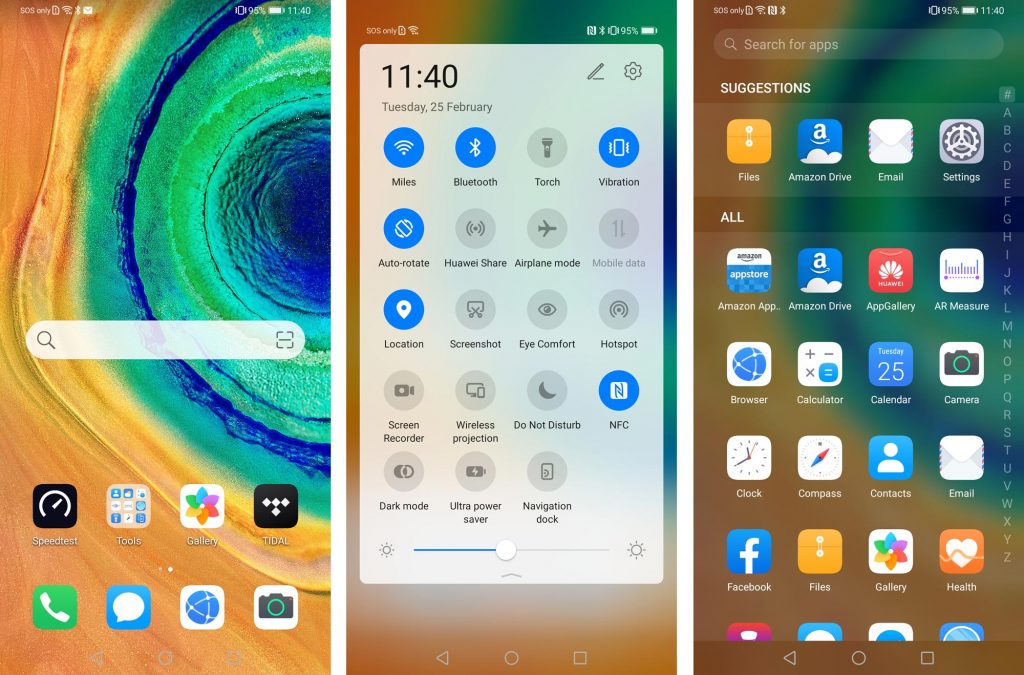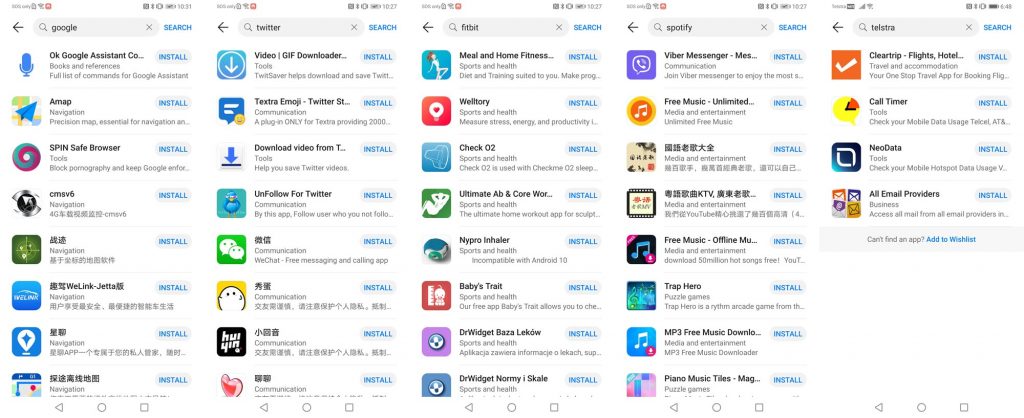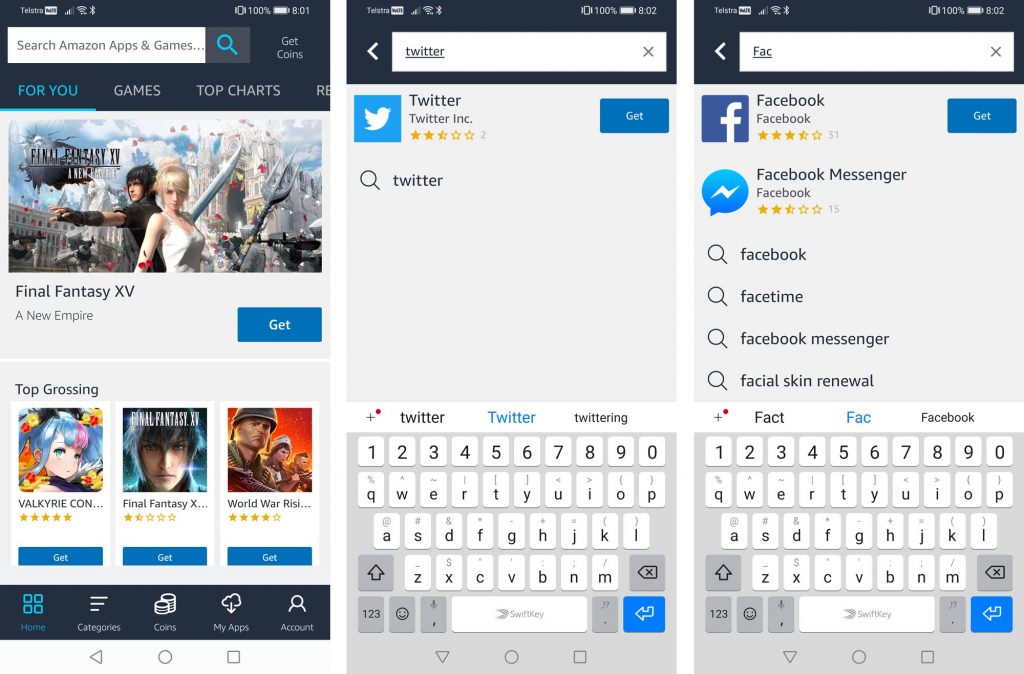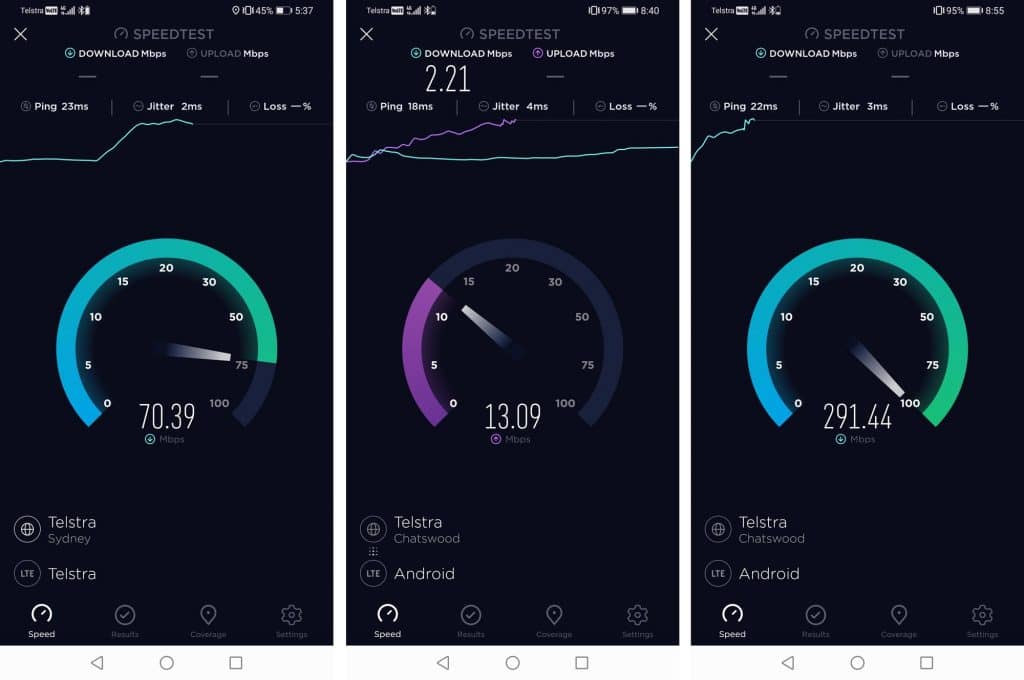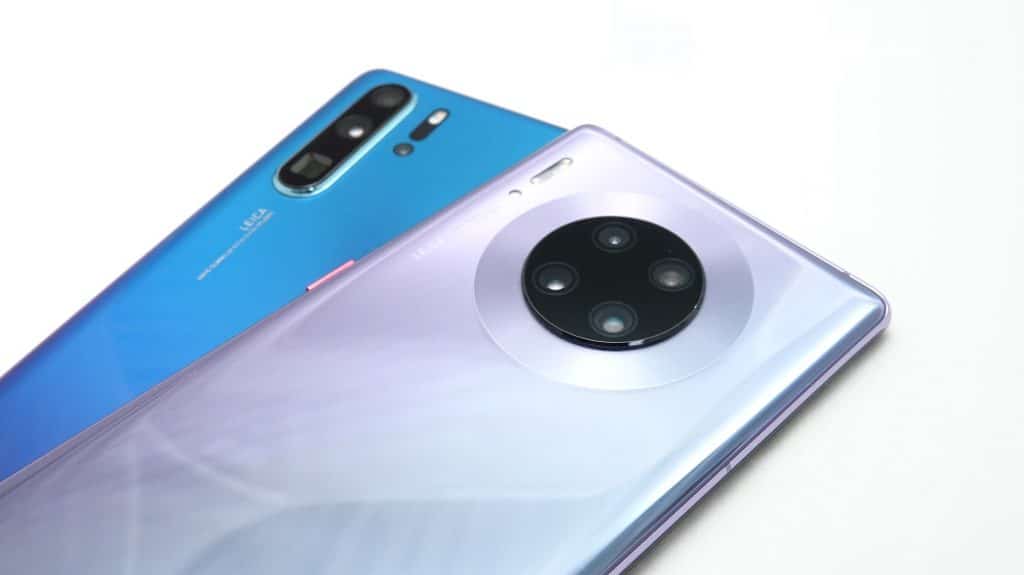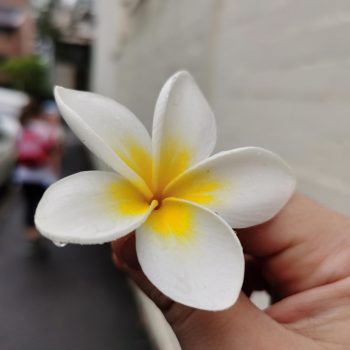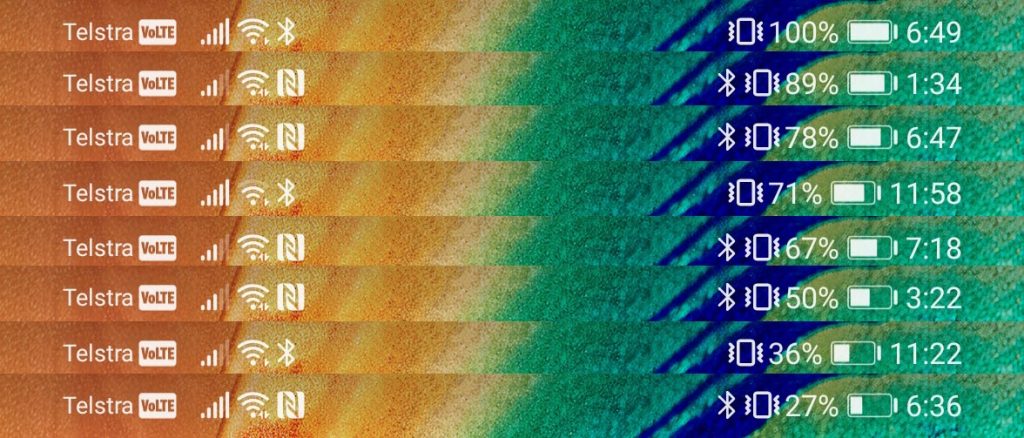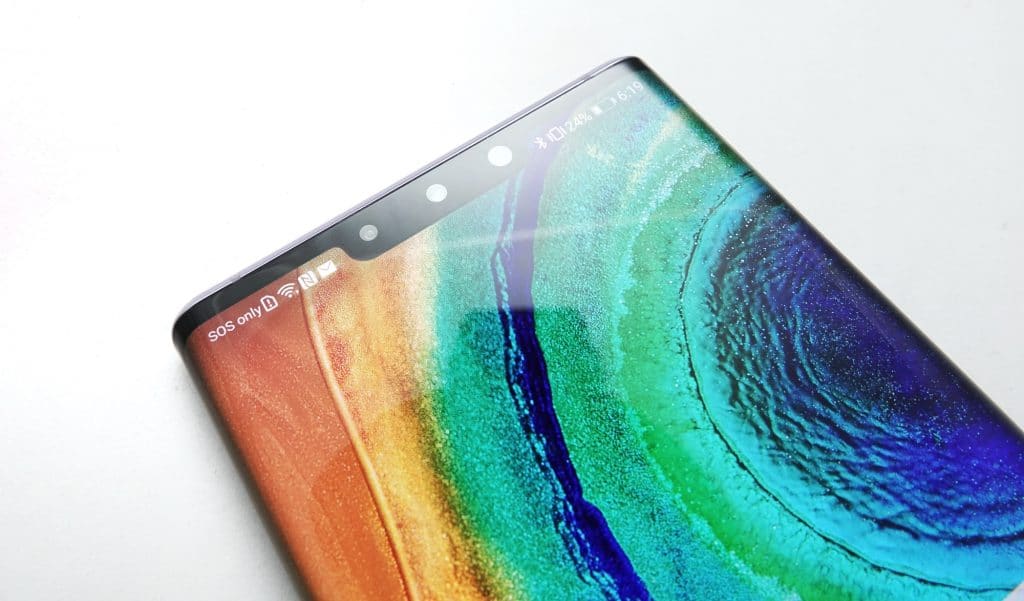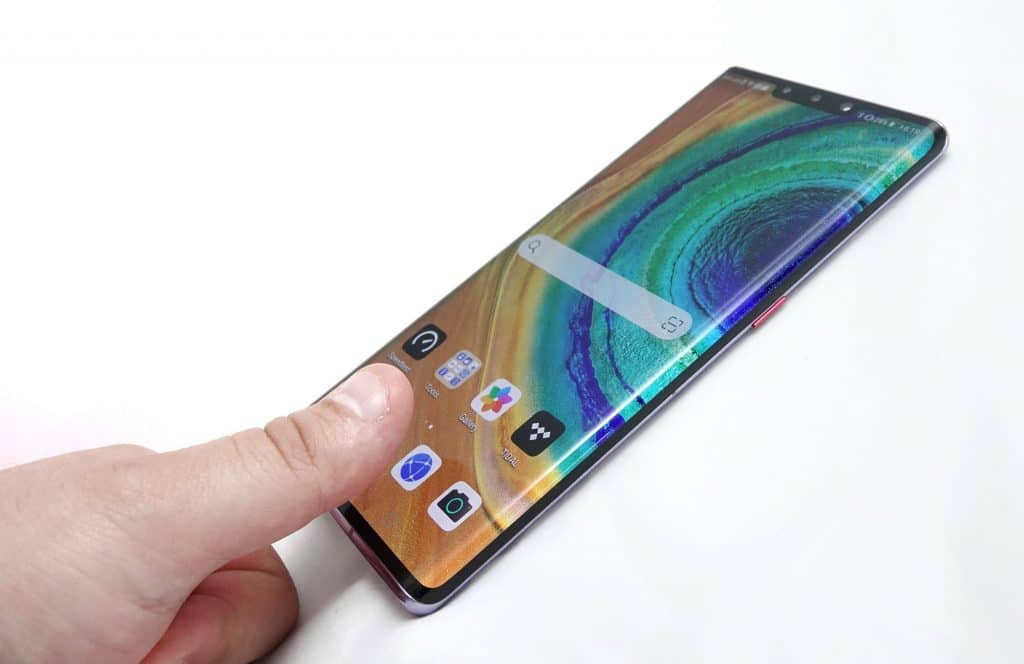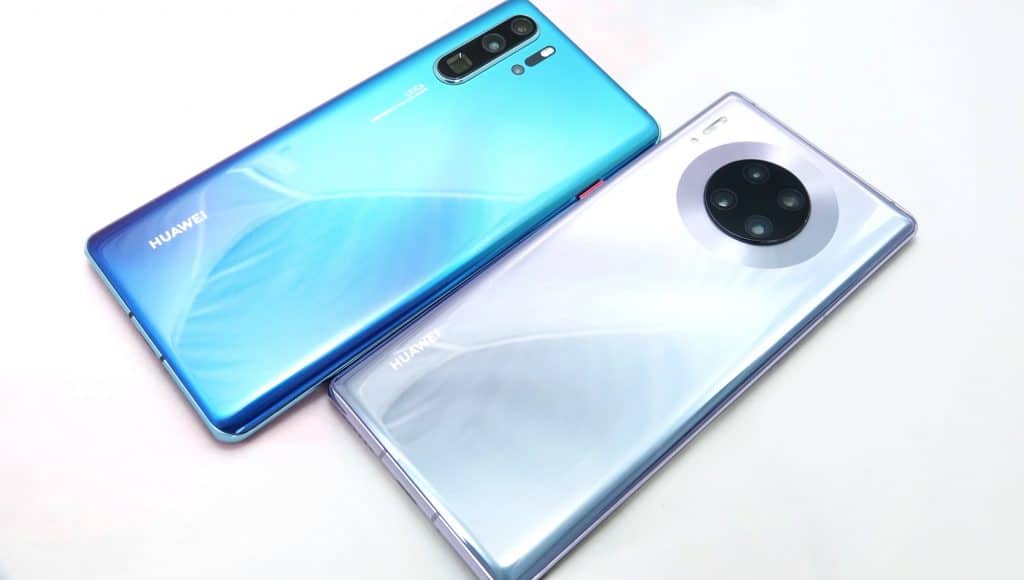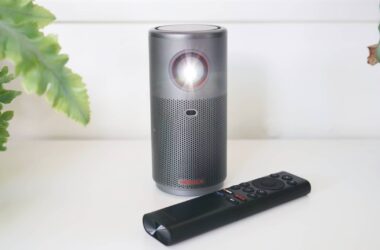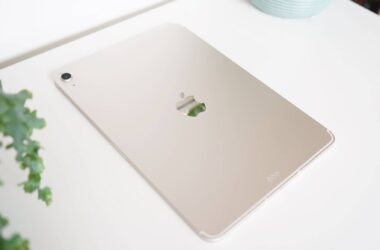Quick review
The good
The not-so-good
One of the more complex phones released last year, the Huawei Mate 30 Pro is a curious take on what happens when a good phone is salvaged by a terrible situation. Unfortunately, it may not help.
Thanks to a bit of a hiccup with the US government and a trade issue, Huawei isn’t in the best situation right now, an issue you might have been following for the past year or so. It’s a shame, as it means until the issue is resolved, devices that get announced won’t have access to support from Google, which means no Google apps or services.
Fortunately, it hasn’t affected devices announced or released before the trade embargo hit, which means the P30 Pro and smaller P30 were unaffected, but newer devices haven’t seen support. That’s bad news for innovations Huawei may be working on, such as the Mate 30 Pro, the company’s most recent addition.
Sporting a big screen, powerful processor, and new camera setup, the Huawei Mate 30 Pro is an example of what could have been, but is in a sore position, lacking the Google goods to make it good enough for most. No Google services make an Android phone a more difficult argument, so it’s going to need the guts to make a difference. Can the hardware proposition salvage things, or is the Mate 30 Pro DOA?
Design
Huawei’s phones have been gradually evolving, and if you know the company’s flagships, you know it has two main ranges: the P-series and the Mate. Initially, the Mate was the big model, but these days, the P and the Mate offer much the same in size, with the differences being something more like the P being built for photography and the social-conscious consumer, while the Mate focuses on business and work.
The designs are therefore a little different, with the P offering cameras lining the side, while the Mate tends to throw them in the centre.
In the Mate 30 Pro, that’s not all that has changed, with the reduction of buttons overall, and only one actually available. The power button can still be found on the right, but other than that, the Mate 30 Pro is a slick bit of curved glass that surrounds much of the handset, with no volume rocker to speak of.
Instead and in its place is a touch-sensitive set of sides whereby you can bring up the volume controller by double tapping either the left or right side where it would normally be.
It’s a curious design change, and one that helps make the Mate 30 Pro feel that much more like a gadget from the future, while also hampering design slightly. Removing the volume rocker makes it harder to control the volume, and even more awkward if you have to take a screenshot.
The rest of the phone is quite slick, though, with a glossy and reflective back surface, cameras all sitting in a middle circle not unlike the Nokia 1040 from back in the day except flat, and a front that offers a notch not like the iPhone 11 Pro Max.
While we prefer the design of the P30 Pro, the Mate 30 Pro is still something quite pretty, and even sports the features to match, with most of the things you’d expect a flagship phone to get.
Features
Those things include a high-end processor, with Huawei’s own Kirin 990 chip under the hood, an eight-core processor matched with 8GB RAM and 256GB storage, with expandable storage offered via the Nano Memory slot at the bottom of the device, which also works as a secondary nanoSIM card slot.
Connections for the Mate 30 Pro are up to where Huawei’s high-end normally goes, with 802.11a/b/g/n/ac WiFi, Bluetooth 5, Near-Field Communication (NFC), infrared, GPS, and high-speed 4G internet. There’s only one physical port connection, and that’s a Type C port at the base of the phone.
Unsurprisingly, the camera amount is pretty high-end, with Huawei evolving from what it brought out on the P30 Pro early on in 2019. While that had one 40 megapixel camera, the Mate 30 Pro offers two, with a 40 megapixel F1.6 standard lens, a 40 megapixel F1.8 ultra-wide, and 8 megapixel 3x telephoto lens, and a Time of Flight depth of field sensor.
This combination of technology means you can from wide to 3x zoom, though there’s 30x digital zoom if you don’t mind blowing up pixels, with 4K video able to be captured from the Mate 30 Pro rear camera hardware. At the front, there’s also a 32 megapixel sensor for those high-res selfies.
And all of this sits in a metal and glass body offering IP68 water resistance, with a 6.5 inch curved glass screen that itself achieves a Full HD+ resolution of 2400×1176, with a fingerprint sensor built into the screen, though there’s a facial login if you prefer to let the phone see your face.
The Huawei Mate 30 Pro offers all of this with a 4500mAh battery, which can be charged using either the Type C port at the bottom of the phone, or with wireless charging.
Oh, and there’s Android on this phone, though it’s not like using a Samsung, an Oppo, LG, or even a Google phone. It’s not like using really any other Android phone out there. It’s not even like using one of Huawei’s other Android phones.
In-use
Using the Huawei Mate 30 Pro is not going to be like using any other Android phone released in Australia, and that’s because this is not an ordinary Android phone. With Huawei’s issues with the US government not quite solved, the Mate 30 Pro has had to ship without help from Google in Android, which means this phone can run Android, but only from the open-source variety.
No help from Google means no Google services, no Google Play Store, and no support from apps that need that connection to work, which hampers the usability considerably.
Out of the box, EMUI 10 on the Huawei Mate 30 Pro is still Android — and it’s Android the way Huawei has always handled it, with an almost iOS-inspired approach to it — but the use cases will vary wildly.
If you don’t need Google in your life, as is the case with many phones in China, the Huawei Mate 30 Pro will likely be a fantastic flagship phone to play with. In Australia where phones are either iOS or Android, and things take a bit of a turn.
You see the Mate 30 Pro doesn’t come with any apps you might expect an Android phone to come with. No Gmail, no Google Maps, no Google Docs, no Google Drive, no Google Calendar, no Google Photos, no Google Hangouts or Duo, and no Google Play Store. That last one means you can’t get any of the apps you might have bought in the past from your account, and it also means any passwords you might have saved to your Google account are missing in action.
Email accounts can be added, but only using Huawei’s app, which can connect to the Google services, but isn’t a fantastic experience. In fact, very little of what the Mate 30 Pro comes with offers a fantastic experience. Rather, the apps can feel half-baked and unfinished, which is certainly the case with the Huawei App Gallery, which offers very little to work with: no Facebook, no Twitter, no Spotify, no Uber. It has Tidal, but little else that matters.
The solution is to find an app store that makes your Huawei Mate 30 Pro somewhat tolerable, but that’s where things get complex.
Of course, you can install a version of Google apps if you’re a skilled user, but if Google decides to alter it or block your device, or do something else to prevent your phone from latching on, it means that access will be fleeting at best.
You could always look online for the Android install files for each app, the APK files, but there’s no guaranteeing that versions you find across the web won’t have been tampered with in some way, and Google doesn’t just offer access to its library online for sideloading those files.
So the best you can probably do is find an external app store, of which Amazon has one. Amazon’s app marketplace allows you to download and install Facebook, Twitter, and Spotify, but Uber isn’t part of the listing, and if you were to grab it, you wouldn’t be able to use it because of the lack of Google Maps.
Essentially, if you want to make the most of the Google Play Store or any services that rely on Google Maps or Google logins, the Huawei Mate 30 Pro isn’t your friend. Not at all.
And that makes it a little harder to use for most people, because while it looks and feels like an Android phone, the Mate 30 Pro is like no Android phone you’ve ever used, and not in a good way.
Performance
It’s a shame too, because as far as performance goes, the Huawei Mate 30 Pro is no slouch. Armed with that Kirin 990 chip and 8GB RAM, the phone itself handles what little can be found on the phone relatively well.
Even though the 8GB RAM should keep the phone in tip top condition, the fact that Android has likely seen some tweaks made sense for the odd performance hiccup we saw from time to time, such as the multitask not loading quickly or some apps not quite closing when you told them to.
For the most part, the Mate 30 Pro handled its own, but we suspect the bugs inherent in making Android work the way it does on this phone have kept the performance from being the best in class.
The same was true with the 4G performance, which jumped from being slower than we’re used to all the way back to the high speeds we expected.
Testing with the Telstra 4GX network in Sydney’s CBD, our speeds ranged from 2Mbps all the way to past 200Mbps, which isn’t quite the gigabit speeds we expected, but good enough for most people. Well, good enough when it wasn’t going at the abysmally slow 2Mbps speed, though remember, this can be network dependent.
Camera
With a bit of question mark looming over use, and performance subsequently not getting the biggest workout ever, the camera is where we spent the most amount of time.
In fact, it’s probably where Huawei spent the most amount of time, with the camera sporting some notable improvements on its P-series sibling. This isn’t just a P30 in a different casing, as much as you might be inclined to believe. Rather, it’s a totally distinct approach to smartphone cameras, switching to two 40 megapixel sensors compared to one, offering solid clarity at the expense of a little less zoom.
The images from this combination sit on the positive side of excellent, with lovely colours, crisp imagery, and thanks to the included Time of Flight sensor, fantastic portraits, too.
Oh, and much like the P30 Pro before it, the low light capabilities of the Mate 30 Pro are solid, with the camera not just offering a “night shot” mode with stacked bracketed images, but also an impressive result from its standard camera capture.
The low light offering is so solid here, you might want to forgo the dedicated night mode, and just capture using the standard camera, which brings in light and details that seem impossible for a phone camera to achieve.
The camera on the Mate 30 Pro isn’t just sporting a strength for stills, but for video, as well. In fact, that’s one of the more notable changes between the P30 Pro and the Mate 30 Pro, with stronger stabilisation and better frame rates, the latter of which can be seen in the positively crazy slow motion capability of the phone, running at 7680 frames per second, of what is basically slow motion at 256x.
While numbers and jargon can easily lose people, the easiest way to relate this is the Schweppes “Schweppervescent” ads shot in slow motion, which is basically what Huawei has achieved with this mode. Using it requires a lot of light, but if you have some to spare, you’ll find a super slow motion mode that manages to impress, though you have to be good with your timing to nail it.
Outside of slow motion, video is a strength of the Huawei Mate 30 Pro, and selfies aren’t bad, either, with the cameras able to pull not just solid video, but a nice self-portrait, too.
Battery
Alongside typically solid cameras, Huawei is also known for typically solid battery life, partly because of the big batteries, but also because of how the company tweaks its versions of Android.
In the Mate 30 Pro, the tweaking of Android is a foregone conclusion, thanks to it not having support from Google, so it’s no major loss here, however another aspect for the Mate 30 Pro to achieve solid battery life is a lack of use.
If that seems crazy to you, our tests couldn’t quite work at the same level they normally do because the app selection (or the app-lack-of-selection) means we weren’t able to install the same apps we normally have running on a phone for a battery rundown test.
With this in mind, we were able to get two whole days of life, a good 48 hours, but that’s obviously using the phone at not quite the same level because of the aforementioned lack of available apps.
However, if you could find what you needed, it’s not unreasonable to suggest a good day and a half would be possible here, and it’s nice to see the big battery is accompanied by wireless charging, too.
Value
At $1599, the cost for the Mate 30 Pro is high, but not necessarily as high as other devices we’ve seen in the past year.
That said, it’s a cost that can make you feel as if you’re paying for a camera with no easy way to move those images off, and in that case, you might want to just buy a camera.
If this phone had the proper version of Google, we’d probably be inclined to change our mind, but right now, it’s hard to recommend as a value proposition in the flagship part of the market, or anywhere else, for that matter.
What needs work?
But even if you think the phone is worth the price of admission, the very obvious lack of a Google app store — and therefore the very obvious lack of an app selection — makes the phone impossible to recommend in Australia.
You can add Amazon’s approach, but even this loophole won’t give you everything you want, and in the end, you’ll be wrestling with the Mate 30 Pro to get even near the experience another phone could offer you. Frankly, if you desperately wanted the Huawei camera with Google apps and services, there’s a phone already out there that gets close, and that’s the P30 Pro. That’s been out for almost a year now, and it comes with 2019’s best phone camera, hands down.
It’s not just a lack of apps you might use, but an inability to connect the Mate 30 Pro to hardware. No Fitbit app and no Galaxy Watch app are just a glimpse, and mean if you want to add a smartwatch or fitness band to the mix, it’s going to have to be a Huawei-made one or nothing at all.
And then there’s the payment side of things, because no access to Google means no Google Pay and no Samsung Pay, and without the wearable integration, no Garmin Pay or Fitbit Pay.
Oh, and Huawei’s fitness wearables don’t support payment technologies, either, so don’t think about that route.
It’s a shame this issue with Huawei and the US government happened, because if it had been a regular release, the Huawei Mate 30 Pro would have been a totally different device. It would have worked and had a great camera, but right now, it’s merely the latter.
Who is the Huawei Mate 30 Pro for?
So just who is the Mate 30 Pro for? What kind of person would consider a phone that seems limited from the get-go, and doesn’t quite offer the same experience as another flagship out there.
The Mate 30 Pro is for people who need the best camera in a phone
There’s little doubt that the Mate 30 Pro has one of the best cameras of any phone, and you only need to do some simple playing with the handset to see just what it’s capable of doing.
From landscapes to simple snaps to the beauty of portraits helped by the Time of Flight sensor, as well as Huawei’s crazy black magic of capturing images in the lowest of light without needing to go to the bracketed time exposure that is typically known as “night mode”, the Huawei Mate 30 Pro delivers one of the best reasons to use your phone as a camera.
The lack of Google Play Store makes it difficult to get those images off the phone without a USB connection, but if you can deal with using either a USB Type C cable, USB C thumb drive, or maybe stick to the Amazon equivalent of Google Drive (because you can find that on the Amazon app store), you’ll find one of the best cameras of any phone out there.
The Mate 30 Pro is for people who don’t need Google
The argument of you not needing Google in your life is less reliable, partly because in a Western world, you’re probably going to need access to a Google service of some kind. You might not use Gmail or Google Maps, but you can bet one of the services on your device will.
For instance, while you can install Outlook on the Mate 30 Pro for a better mail client, you can’t add Google accounts because Outlook needs the Google services to connect. Uber and Uber Eats can’t be used, either, as both need access to Google Maps in some form.
So not needing Google seems unlikely as a reason if you live in Australia, New Zealand, the US, UK, or any other Western country.
However if you’re living somewhere that hasn’t been impacted in quite the same way by Google phones, we can definitely see the draw, particularly given that it’s a flagship phone built for that audience.
The Mate 30 Pro is for people who get distracted easily
About the most logical argument we can see for buying the Mate 30 Pro on this side of the world is because you want the capabilities of a feature phone, but you find you get distracted too easily and therefore don’t want the lure of other apps.
Believe it or not, there are people in the world that find the lure of Facebook, of Tiktok, of Messenger and Twitter and Instagram so tempting that they can’t resist stopping what they’re doing and picking up their phone to check, even if they only checked moments ago. Stopping yourself can be hard, much like trying to quit a vice, and so even if they put a lock code on their apps or throw them in a secure folder, it’s only a temporary form of stop gap because they know the codes and can overcome.
One person we spoke to had to drop their phone back to a featurephone to prevent their niggles of activity, though they admitted the lack of a quality camera on the featurephone did get to them.
Perhaps unbelievably, the Huawei Mate 30 Pro makes senses for this type of person, the one that can’t put their phone down to check out the next app, or to load something else. It comes with high-end specs and a look that makes it stand out, yet lacks the apps to help it actually get there.
You get the amazing camera, and thanks to a lack of apps leading to a lack of constant and consistent use, the battery life is boosted, too. Mate 30 Pro owners get that flagship experience without the risk of being able to find all the apps “everyone” is talking about.
In essence, the Mate 30 Pro is a flagship phone for people who can’t have a regular phone in their lives.
Final thoughts (TLDR)
Despite the various scenarios that make sense for the phone in Australia, it’s hard to recommend the Huawei Mate 30 Pro because of how difficult the phone is to integrate.
As it stands now, it’s a perfect example of when bad things happen to great ideas, and when companies attempt to salvage. The idea here is sound, and outside of the weird volume controls, if Huawei and Google had made up, the Mate 30 Pro would likely be a winner.
Without the connection to Google, however, and the Mate 30 Pro is difficult at best, and difficult at its best. It’s an achievement in capabailites, but also an achievement that will ultimately let you down, especially given Huawei’s other achiever in the past year, the P30 Pro, doesn’t come with the Mate 30 Pro’s shortcomings.
If you’re considering the Mate 30 Pro, you need to know that more than anything, as good as this phone can be, it will not put you on the same footing as any other flagship phone released in Australia. The tech is there, yep, but the experience is not, and it’s not the phone for most people. Your accessories won’t even work too well on it, unless you don’t mind buying into Huawei’s entire ecosystem, which isn’t typically how our world works.
Right now, we can’t recommend the Mate 30 Pro at all, thanks to the segregation the phone offers. In theory, it’s a great device. In practice, you could do so much better with anything else in its category.
In Australia, you’d essentially just be buying the Mate 30 Pro for the camera alone, and frankly, if that’s the way you’re feeling, just go buy yourself a camera. It’ll save you so much of the hassle.



